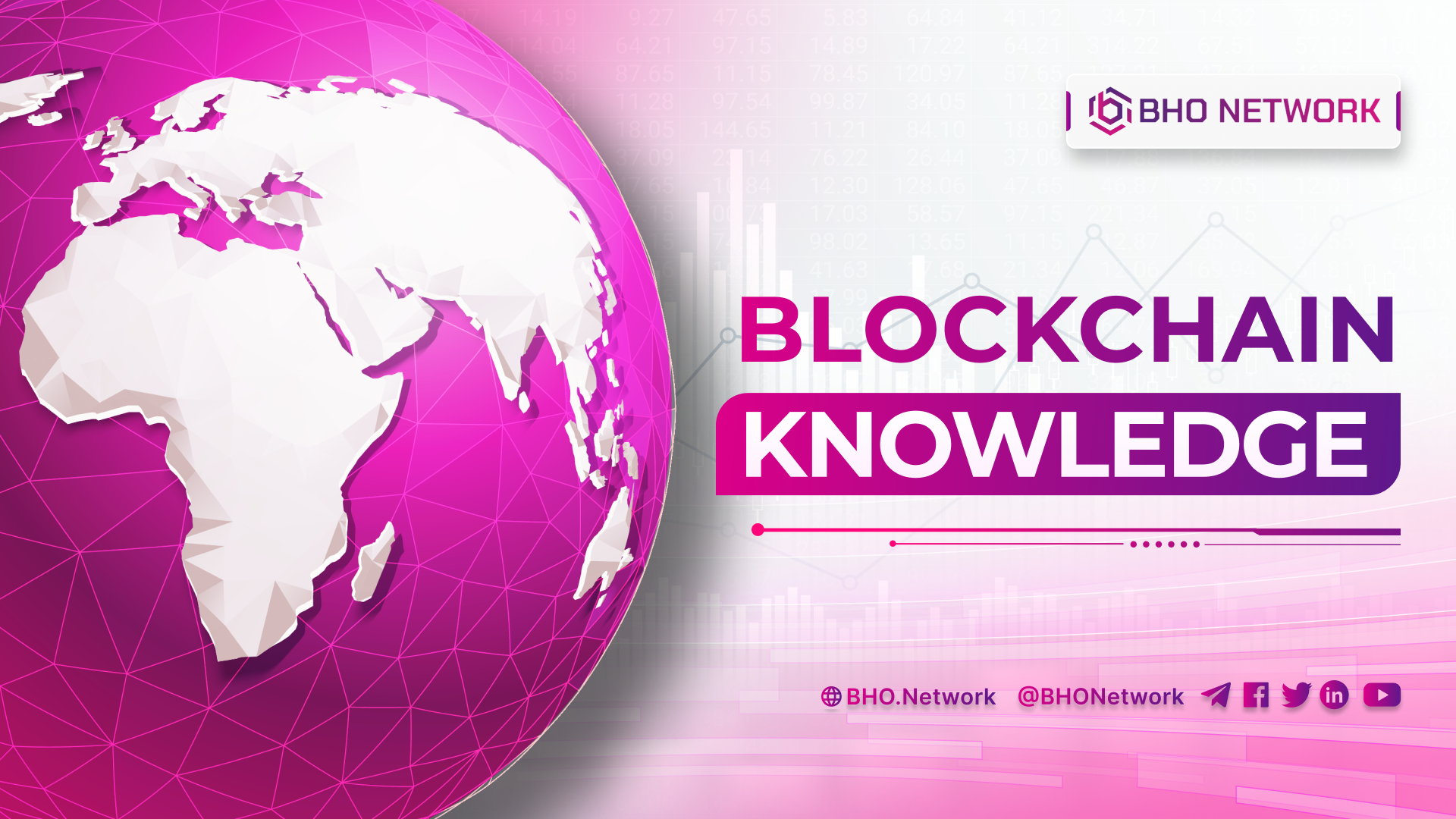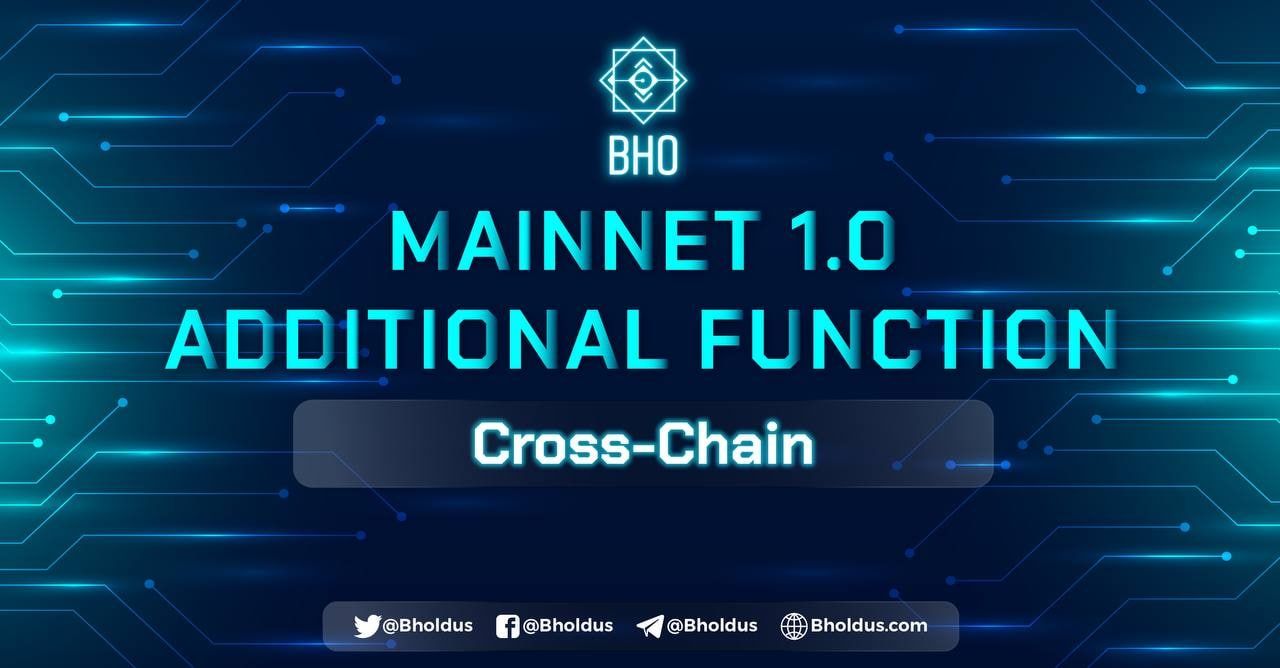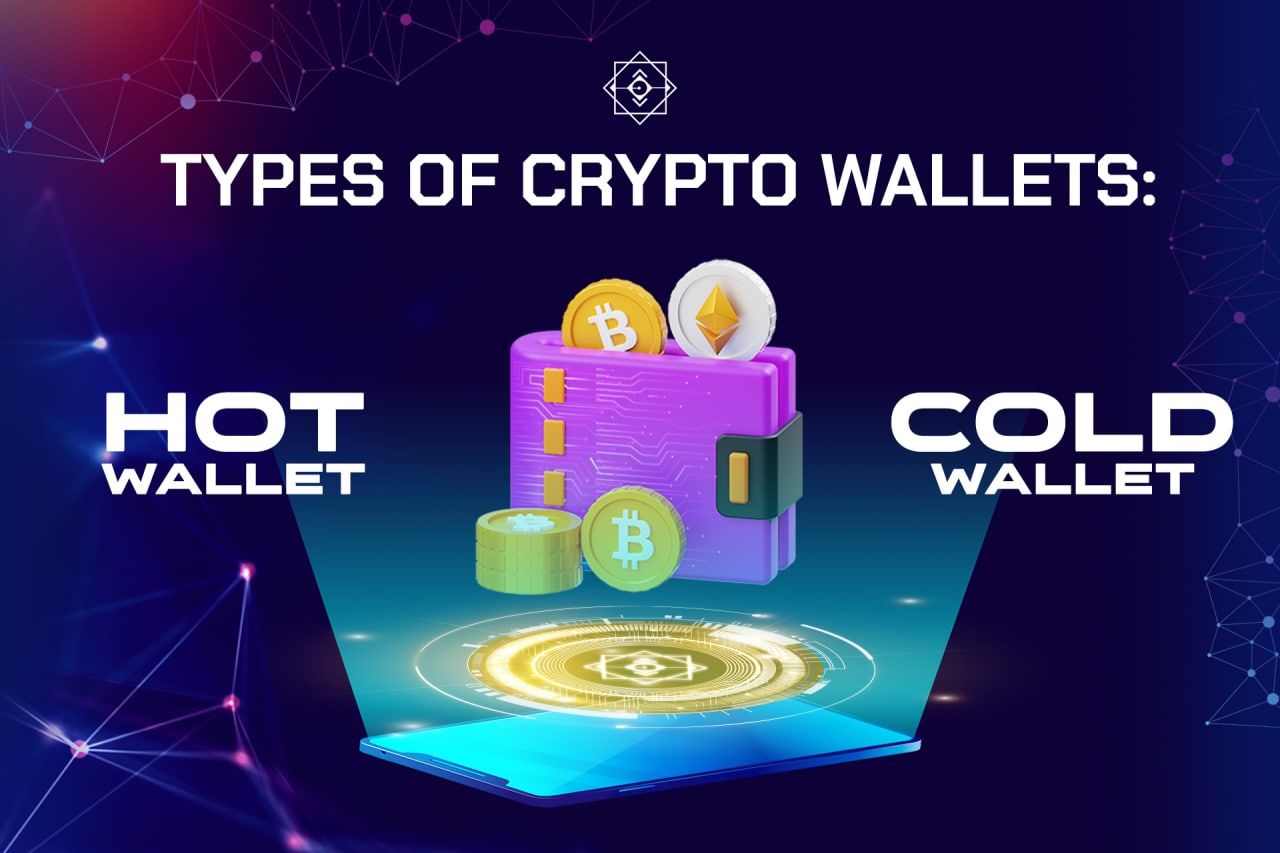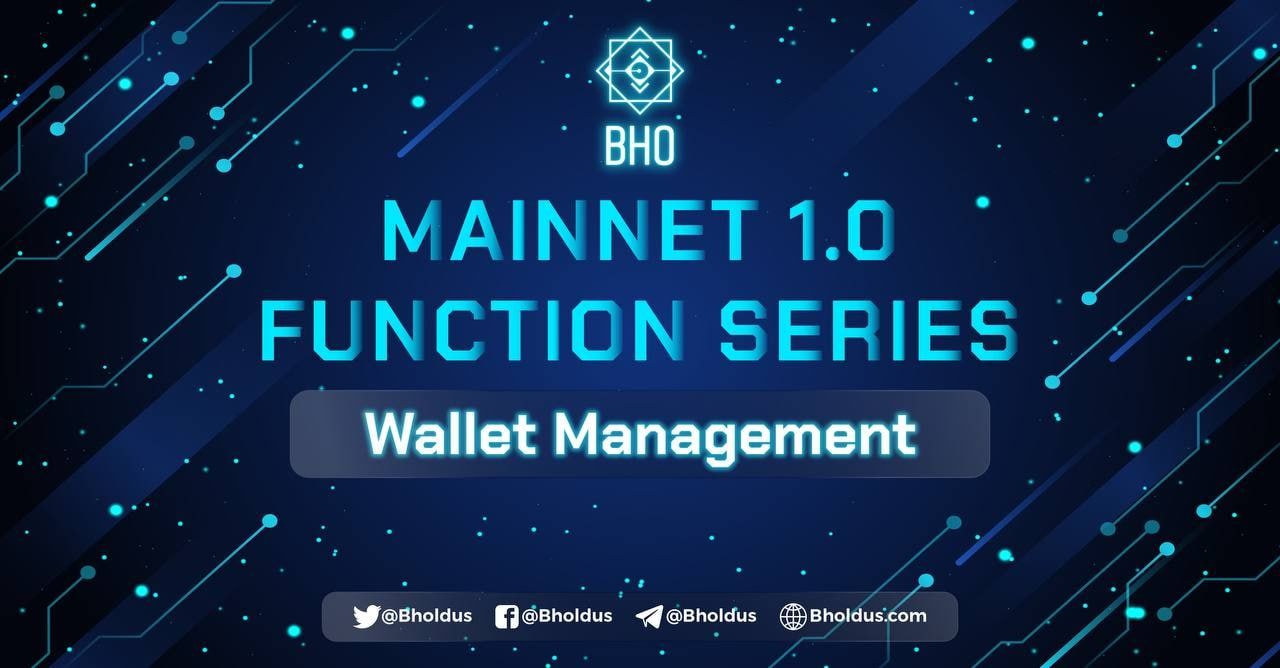- Blog
- Crypto News
- What is Blockchain? All you need to know about Blockchain
What is Blockchain? All you need to know about Blockchain
- 1. What is Blockchain?
- 2. Who created Blockchain?
- 3. Why was Blockchain technology formed?
- 3.1 Remove transactions restrictions through intermediaries
- 3.2 Remove restrictions on transactions via banks
- 4. How does Blockchain work?
- 4.1 How is Blockchain structured?
- 4.2 How does Blockchain work?
- 4.3 What is the structure of each block?
- 5. Main features of Blockchain
- 5.1 As a decentralized database
- 5.2 Both parties have access to the database
- 5.3 Built-in
- 5.4 Be transparent and unbreakable
- 5.5 High security
- 5.6 Creating Decentralization
- 6. What is the algorithm of Blockchain?
- 7. Popular Blockchain Consensus Algorithms
- 7.1 Proof of Work (PoW)
- 7.2 Proof of Stake (PoS)
- 7.3 Delegated Proof of Stake (DPoS)
- 7.4 Proof of Authority (PoA)
- 7.5 Proof of Weight (PoWeight)
- 7.6 Proof of History (PoH)
- 7.7 Proof of Reputation (PoR)
- 8. Advantages and limitations of Blockchain technology
- 8.1 Advantages
- 8.2 Disadvantages
- 9. Application of Blockchain
- 9.1 In production
- 9.2 In health
- 9.3 In banking and payment
- 9.4 In agriculture
- 9.5 In education
- 9.6 In e-commerce
- 10. How many versions of Blockchain technology?
- 10.1 Version 1.0 - Currency
- 10.2 Version 2.0 - Smart Contract
- 10.3 Version 3.0 - Decentralized Applications
- 10.4 Version 4.0 - Practical application
- 11. What is a Blockchain Wallet?
- 12. How to Invest in Blockchain?
What is Blockchain? This is a question many people ask when they are new to this technology. In this article, BHO Network will provide knowledge about Blockchain; follow along!
1. What is Blockchain?
What is Blockchain Technology? Blockchain is a distributed basis of data shared among the computer network nodes. As a database, Blockchain stores information electronically in a digital format.
Blockchain plays a vital role in a Cryptocurrency system like Bitcoin to maintain transactions record in a secure and decentralized manner. The innovation of Blockchain is reflected in the guarantee of honesty, security of data records, and reliability without the need for third-party trust.
The biggest difference between a database and a Blockchain is the data structure. Blockchain will collect information into groups, called blocks, containing collections of information.
Blocks will only be capable of storing a certain amount of information. So, once filled, the block closes and links with the previously filled block, forming a data chain called the Blockchain.
All new information that follows is incorporated into new blocks and added to the chain once filled. Databases typically structure data into tables, while Blockchain, as the name implies, structures its data into blocks chained together.
This data structure inherently creates an immutable timeline of data using its decentralized nature. When a block is filled, it becomes permanent and part of this timeline. The time each block is added to the chain will be accurately recorded.
2. Who created Blockchain?
Blockchain was founded in 2008 by Satoshi Nakamoto. A year later, Blockchain was implemented as a core part of Bitcoin, marking the birth of Blockchain technology and the world's first Cryptocurrency and laying the foundation for developing the Crypto market.
3. Why was Blockchain technology formed?
We will take an example of a currency transaction between two people, A and B.
3.1 Remove transactions restrictions through intermediaries
In the past, when trading currencies, borrowing money, and repaying debts, people would often agree (between A and B) and store transaction information in a book - called a ledger. Then, they give this book to a reputable intermediary, C, to hold. Of course, this person C must both be trusted by A and B.
Here we will see that there are 3 participants as follows:
- A and B are 2 participants in transactions with each other.
- C is an intermediary trusted by both A and B.
- Ledger (paper).
In this case, there are usually some limitations:
- Paper notebooks are often susceptible to termites and are quickly damaged over time. That is, the stored information will not last forever.
- Information can be changed or destroyed: Someone will steal the notebook and erase a line of transaction or tear off a page, then the data is no longer as complete as it was in the beginning.
- Intermediaries existence: This book will be held by a reputable third party. However, it will not be easy to find a third person that both A and B can trust to confirm.
3.2 Remove restrictions on transactions via banks
When society develops more, a banking system can replace the above intermediaries. The bank's computer system does the job of a paper ledger.
Advantages of the bank:
- The Government and the state will guarantee the interests of the transaction.
- The banking system stores the information forever without fear of loss.
However, transactions through the banking system still have some limitations, such as:
- Risk of data being threatened: Because the bank server stores much important information, many hackers target attacks, causing the data at risk of being stolen or altered.
- Transaction fees: When users transfer to each other, there is a fee, which is also a transaction problem.
- There is still a bank as a third party: When transacting through a bank, the user's information will be held by the bank and can be exploited or sold. Besides the centralized management system, the bank or the state can ask to freeze the user's account, which is something no one wants.
Because of these limitations, Blockchain was born to solve all outstanding problems.
4. How does Blockchain work?
In the following content, BHO Network will present the structure of each block inside the Blockchain and the particular working mechanism of the Blockchain; stay tuned.
4.1 How is Blockchain structured?
Blockchain, as its name implies, consists of 2 parts, Block and Chain:
- Its structure contains many blocks.
- These blocks link to each other, and the following blocks link to the previous blocks to form a chain.
4.2 How does Blockchain work?
First, your transaction information will be recorded on the system to create a record. Then, your document is verified as valid by the system's computers (called nodes) due to the Blockchain's consensus algorithm.
Your valuable authenticated record and verified documents from other traders will be sorted into a block.
Finally, by connecting the hash of the added block with the previous block, a blockchain is formed, and the newly created block is added to the chain.
With the first block, its hash is a numbers string because there is no block before it. It is called the primordial block or Genesis Block.
4.3 What is the structure of each block?
Each block consists of 3 parts: Data, Hash function, and finally, the Hash code of the previous block.
- Data: Your authenticated data records are protected by an encryption algorithm depending on the Blockchain.
- Hash: This is a sequence of characters and numbers that are randomly generated and are not identical. It explicitly represents that block and is encrypted by a cryptographic algorithm. The hash identifies changes in blocks.
- Previous hash: It is the hash code of the previous block. It lets adjacent blocks know which block is first and connects with the next one.
5. Main features of Blockchain
Blockchain includes six main features; let's look at these characteristics with BHO Network below.
5.1 As a decentralized database
Imagine a spreadsheet that has been copied thousands of times across a network of computers designed to update regularly. These spreadsheets are the basics of the Blockchain version.
Information held on a Blockchain exists as a continuously coordinated and shared database. They are not stored in a specific location, i.e., records are kept in public and quickly verifiable.
There is no centralized version of this database, so hackers have almost no chance of attacking it. Blockchain is stored simultaneously by millions of computers, and anyone on the Internet can access its data.
5.2 Both parties have access to the database
One of the simplest ways to share a document is to email a Microsoft Word document to another person and ask them to correct it.
However, with this method, you need to wait until you receive the corrected version and send it back before you can view or make other changes. That is, two people cannot edit the same record simultaneously.
But when used with Google Docs, it is different; both parties can simultaneously access the same document and track and edit that document together. Similar to a shared ledger, it is a shared document. Distribution only works when sharing involves multiple people.
5.3 Built-in
Blockchain Technology is similar to the Internet because it has built-in power. By storing the same blocks of information on its network, Blockchain:
- Any single entity cannot control it.
- There is no single missing flaw.
Bitcoin was released in 2008, and since then, there has been no disruption to the Bitcoin Blockchain that affects the operation and operation. If there are any problems related to Bitcoin, it is due to hacking or mismanagement.
Also, these problems stem from bad intentions and human error, not from Bitcoin's flaws. The Internet has proven its durability for nearly 30 years.
5.4 Be transparent and unbreakable
The Blockchain network exists in a state of agreement, automatically checking every 10 minutes. The network controls every transaction in about 10 minutes as a digital self-regulating ecosystem. Each of these groups of transactions is called a block. There are two important properties to be drawn from this:
- Transparency: The data is embedded in the network under a public block.
- It is unbreakable: Changing any unit of information on the Blockchain means using many computers to overwrite the entire network.
In theory, this is possible, but in practice, it is not. For example, controlling the system to take over Bitcoin will cause its value to be destroyed.
5.5 High security
Blockchain can eliminate the risks of centrally held data by storing data on its network. Its network has no vulnerabilities.
However, the issue of security on the Internet is increasingly worrying. We may rely on a username or password system to protect our identities and assets online, but the system is still completely vulnerable.
Blockchain's secure method uses encryption technology with a public or private key pair. The public key (a long string of random numbers) is the user's address on the Blockchain.
A private key is similar to a password, allowing the owner to gain access to Bitcoin or other digital assets, storing data on Blockchain, and ensuring it won't get corrupted.
This is true, although protecting your digital assets will require securing your private key by printing it out or creating a digital wallet to hold it like a paper currency wallet.
5.6 Creating Decentralization
Based on the design, Blockchain is a decentralized technology. Whatever happens on it is a network function. By creating a new way to confirm transactions, other aspects of traditional commerce may become unnecessary.
For example, transactions on the stock market can be operated simultaneously on the Blockchain or store documents like a certificate of land use rights, completely public.
A global network of computers jointly manages the database and records Bitcoin transactions using Blockchain technology. That means Bitcoin is self-governing by its network and has no central party. Decentralized means that the network operates on a user-base or P2P basis.
6. What is the algorithm of Blockchain?
The Blockchain consensus algorithm is to verify that the information in the record is correct for most of the nodes in the network and allows the transaction information to be saved in the Blockchain.
This data is compared with other blocks' data when there is a block change in the network. If it detects a difference, it will not allow that data to be written inside the Blockchain. That is how Blockchain is designed to resist data change.
7. Popular Blockchain Consensus Algorithms
Here are some popular Blockchain algorithms today:
7.1 Proof of Work (PoW)
- In this consensus mechanism, miners will use computer power to solve problems that generate hashes. Once solved, they will authorize transaction validation and create new blocks in the Blockchain.
- This is the first consensus mechanism tied to Bitcoin (BTC), Ethereum (ETH), etc.
7.2 Proof of Stake (PoS)
- This consensus mechanism will not have the presence of miners like PoW. Still, there will be participants validating transactions who need to stake large amounts of coins to have the right to validate transactions and create blocks. Therefore, PoS does not require investing in many expensive miners.
- Some projects use this mechanism, such as Binance Coin (BNB), Cosmos (ATOM), Ontology (ONT).
7.3 Delegated Proof of Stake (DPoS)
- Token holders will vote for a selected group to assume the role of confirming transactions instead of having to stake to validate transactions like PoS,
- DPoS aims to ensure honesty and fairness by implementing continuous voting activities and frequent shuffling in the system to ensure that the chosen people are honest and accountable.
- Some projects use this mechanism, such as EOS (EOS), Bitshares (BTS), LISK (LSK), ICON (ICX), Cybermiles (CMT).
7.4 Proof of Authority (PoA)
- Proof of Authority means a reputation-based consensus algorithm. Block validators will not be based on the number of coins but their reputation. Therefore, PoA blockchains are secured by validating nodes selected as trusted entities.
- Typical projects using the BFT algorithm include ZINC (ZINC), MakerDAO (xDAI), etc.
7.5 Proof of Weight (PoWeight)
- Proof of Weight means a base consensus algorithm based on the Algorand consensus algorithm.
- Its idea is similar to PoS, based on the number of tokens held in the network, equivalent to the percent probability of the generated next block, according to the calculation mechanism of the PoWeight system with some other value used.
- Typical projects using the PoWeight algorithm include Filecoin (FIL), Algorand (ALGO), etc.
7.6 Proof of History (PoH)
- Proof of History means a consensus algorithm that verifies the order and time between transactions. This mechanism was developed to solve the problem of timing in decentralized networks where the same timeline is not available.
- Some projects using the PoH algorithm are Solana (SOL).
7.7 Proof of Reputation (PoR)
- Proof of Reputation means a consensus mechanism based on the reputation of the participating parties to keep the network secure. A party participating in block validation must ensure credibility so that if they intentionally cheat, their reputation will be affected.
- This is a rather abstract concept because if the participating companies cheat, it will affect their reputation, and large companies will suffer more.
- Some typical projects use PoR algorithms such as GoChain Coin (GO.
8. Advantages and limitations of Blockchain technology
BHO Network will analyze and comment on the advantages and disadvantages of Blockchain.
8.1 Advantages
- Higher Transaction Accuracy: Blockchain transactions must be verified by multiple nodes; this can help reduce errors.
- No intermediaries: With Blockchain, two parties in a transaction can confirm and complete something without working with a third party, saving time and costs for an intermediary such as a bank.
- Additional Security: Theoretically, it is almost impossible for anyone to make fraudulent transactions in a decentralized network like Blockchain. They would need to hack every node and change every ledger's data to make a fake transaction possible.
- More Efficient Money Transfer: Since Blockchains operate 24/7, everyone can make financial and asset transfers more efficiently, especially internationally. Users do not have to wait days for a bank or government agency to confirm manually.
8.2 Disadvantages
- Transactions Per Second Limit: Blockchain relies on a larger network for approval to browse transactions, so there will be a limit on how fast it moves. For example, Bitcoin can only handle 4.6 transactions per second.
- High energy costs: Getting all the nodes up and running to verify transactions takes more electricity than a single database or spreadsheet. This makes Blockchain transactions more expensive, but it also puts a heavier burden on the environment.
- Potential loss of assets: Some digital assets are secured using a cryptographic key such as Cryptocurrency in a Blockchain wallet.
The owner needs to protect this key carefully. If the key is lost and the password is exposed, there is a possibility that the asset will be lost forever, and there is currently no solution for this risk.
9. Application of Blockchain
With the above characteristics, we can now apply Blockchain in many different fields, such as:
9.1 In production
When applying Blockchain in production, Blockchain will take the position of smart devices to grant effective management rights such as tracking product creation and managing transaction information.
Also, there are product quality, shipping, and distributing products to end-users to improve productivity for management processes.
Consumers can access the history of the product's formation and transportation. They can check whether the product information is authentic and avoid buying fake products on the market.
9.2 In health
Health is a sensitive field to data, as numbers always have a tightly controlled range.
When applying Blockchain in healthcare, all authorized parties can access information and verify accuracy in seconds. Patients have control over their data and are granted access to others upon request, reducing the risk of information abuse and theft.
9.3 In banking and payment
The biggest limitation is the risk of data threats, transaction fees, and third parties' existence as intermediaries when transacting through the bank. Blockchain's security and smart contracts will eliminate the need for third parties and limit security risks for customers.
People can access and transfer coins to each other anywhere globally and at a pretty fast speed at a low cost. This helps people in countries that do not have much access to the banking system to transact and transfer money to each other.
9.4 In agriculture
Currently, in agriculture, the problem of origin and quality is put on top.
The application of Blockchain to agriculture with a distributed ledger system will help retailers and consumers store transaction information and the products' transportation process from production to retailers and the end-user.
In addition, the data during the production and sales process will also be stored and updated continuously in the Blockchain, such as financial management, quality management, and price management. This helps increase the product's transparency and creates the consumer's trust.
9.5 In education
The application of Blockchain in education helps store data such as transcripts, training, teaching experience, and history of each individual, thus avoiding fraud or declaring wrong education or work experience when applying for scholarships and promotions.
In addition, due to the nature of smart contracts, Blockchain also allows automatic enforcement of the terms of training regulations and handling violations.
From June 30, 2021, the Ministry of Education and Training will officially operate the Blockchain certificate information query system handed over by TomoChain. This is considered a milestone marking the state's recognition of Blockchain technology, especially cryptocurrencies.
9.6 In e-commerce
The biggest issues in the e-commerce space are security, supply chain management, and moving goods to consumers, creating many barriers between consumers and producers.
However, Blockchain has helped solve this problem through smart contracts, facilitating parties to sign quickly and saving costs by eliminating intermediary stages when connecting with businesses and international industries.
10. How many versions of Blockchain technology?
Blockchain technology has four versions in all, which are described in more detail below:
10.1 Version 1.0 - Currency
1.0 is the first version of Blockchain technology. Transactions taking place on Blockchain have been processed quickly and transparently thanks to Decentralized Ledger Technology.
An excellent example of Blockchain version 1.0 is Bitcoin, the world's first Cryptocurrency that laid the foundation for developing the Crypto market.
10.2 Version 2.0 - Smart Contract
2.0 is the second version of Blockchain technology. With smart contracts, transactions on Blockchain will significantly reduce the cost of authentication, fraud, and operation and increase transparency.
This version completely removes the emotional or moral element commonly encountered when dealing with people, the classic example being Ethereum.
10.3 Version 3.0 - Decentralized Applications
Decentralized Applications (DApps) are independently developed software, not on a single server but distributed in a single repository decentralized storage and can be written in any language.
Much of Dapp's source code runs on a peer-to-peer network instead of traditional applications, which run only on a single centralized system.
10.4 Version 4.0 - Practical application
Blockchain technology 4.0 is the latest version of Blockchain technology today. This release applies all the applications to the actual business process from versions 1 to 3.
11. What is a Blockchain Wallet?
Blockchain Wallet is an online wallet for storing cryptocurrencies implemented by a software development company based in Luxembourg.
Advantages
- Minimalist interface and colors, easy to see and easy to use.
- Provides a high level of security when allowing users to hold their own Private Key (private key).
- High reputation.
Cons
- The page load takes a long time, usually about 2-3 seconds, to fully display when used on the web.
- Support a few coins.
12. How to Invest in Blockchain?
2021 is a boom year for quite a few Blockchains. If users have only heard of Ethereum from 2020 or earlier, many potential names emerge in 2021, such as Solana, Near, Binance Smart Chain, etc.
The characteristics of these Blockchains are mainly focused on three parts: transaction speed, transaction fees, and security.
Since these Blockchains came after Ethereum, the limitations of Ethereum, such as high transaction fees and poor scalability, have been resolved. Therefore, now Blockchain investment is more prominent, first invest in Blockchain's currency, then invest in Defi.
Hopefully, this article of BHO Network has answered the question "What is Blockchain?" and provide you with the more helpful information in learning about Blockchain technology. Please visit the Website https://bho.network to update the latest information about the cryptocurrency market.
Published on January 16, 2022
Tagged topics







